“The concentration we saw in the brain tissue of a normal person, with an average age of about 45 or 50 years, was 4,800 micrograms per gram, which is equivalent to 0.5% of brain weight,” said Matthew Campen, professor of pharmaceutical sciences at the University of New Mexico, lead author of the study.
“Compared to autopsy brain samples from 2016, this figure is about 50% higher. That means our brains today are 99.5% brain and the rest is plastic,” he said.
According to the study, microplastics in brain samples were 7-30% more than microplastics in kidney and liver samples from cadavers. "Studies have found these plastics in the human heart, large blood vessels, lungs, liver, testicles, gastrointestinal tract, and placenta," said Dr. Philip Landrigan at Boston University.
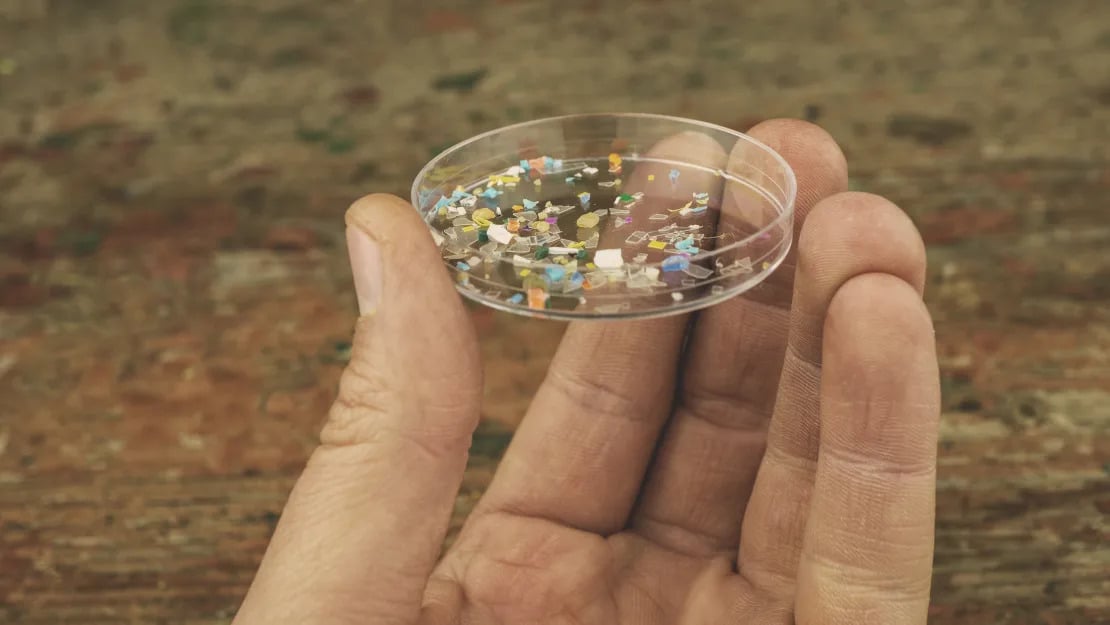
Microplastics can sometimes be seen with the naked eye, but nanoplastics cannot be seen. Photo: Getty
Pathways of microplastics into the brain
In this study, researchers examined brain, kidney, and liver tissue from 92 autopsies in 2016 and 2024. Brain tissue samples were taken from the frontal cortex, the brain region involved in thinking and reasoning, and the region most affected by frontotemporal dementia (FTD) and later stages of Alzheimer's disease.
“Based on our observations, we believe that the brain stores the smallest plastic nanostructures, which are about 100 to 200 nanometers long, while some larger particles, measuring 1 to 5 micrometers, will make their way into the liver and kidneys,” Campen said.
Microplastics are pieces that range in size from less than 5 millimeters to 1 nanometer. According to the US Environmental Protection Agency, a human hair is about 80,000 nanometers wide. Anything smaller is nanoplastic, which must be measured in billionths of a meter.
Experts say nanoplastics are the most worrying type of plastic for human health because these tiny pieces can reside inside individual cells.
“Somehow these plastic nanoparticles are getting into the body and going to the brain, crossing the blood-brain barrier,” Campen said. “Plastics like fats or lipids, so one theory is that the plastics are getting into the fats that we eat, and then being carried to organs that really like lipids. The brain is chief among them.”
The human brain is about 60% fat by weight, more than any other organ. Essential fatty acids, such as omega 3s, provide strength and performance to brain cells. Since the human body cannot produce essential fatty acids on its own, they must come from food or supplements.
Diet is the main route of microplastic and nanoplastic particles entering the body, Dr. Landrigan said. His 2023 study, which reported that plastics are linked to adverse human health effects at every stage of the plastic lifecycle,
“Some microplastics are also airborne. For example, when people drive on the highway and their tires wear down on the highway surface, some microplastic particles are released into the air,” Landrigan said.
“If you live near the coast, some of the microplastics in the ocean will be pushed into the air by the waves,” he said. “So diet is probably the main route, but inhalation is also an important route.”
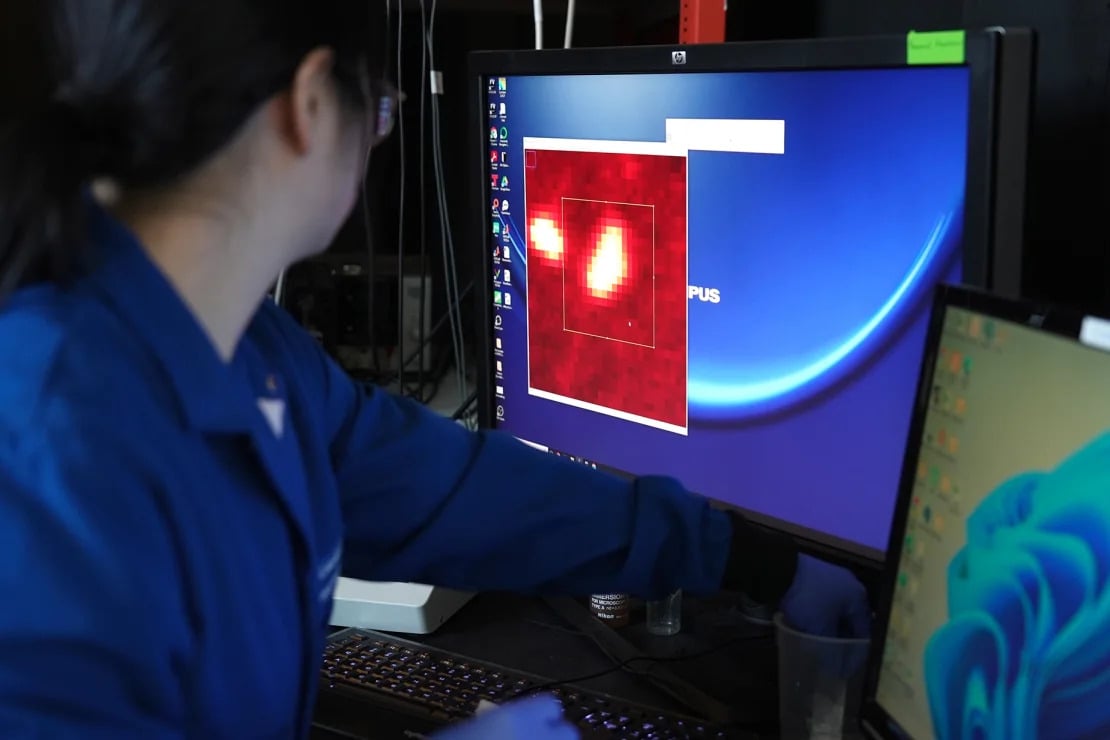
Nanoplastics appear as bright red dots under an electron microscope. Photo: AP
Plastics linked to cancer
Polyethylene, which is used in plastic bags, plastic films and plastic bottles and is non-biodegradable, was the main plastic found in tissue samples. It was found in higher amounts in the brain than in the liver or kidneys, according to the study.
According to industry data collected by Defend our Health, an environmental advocacy group, the production of various forms of polyethylene, such as polyethylene terephthalate (PET) plastic, is the largest contributor to the release of the solvent 1,4-dioxane into the environment.
The US National Toxicology Program and the International Agency for Research on Cancer consider 1,4-dioxane to be a probable human carcinogen. In 2023, the US Environmental Protection Agency (EPA) released a draft report stating that the solvent poses a health threat to plastics workers and community residents whose drinking water is contaminated by waste from PET plastics factories.
In addition, nano plastics can penetrate into every cell and tissue in major organs, disrupting cellular processes and depositing endocrine-disrupting chemicals such as bisphenol, phthalate, flame retardants, heavy metals, etc.
According to the American Endocrine Society, endocrine disruptors affect the human reproductive system, leading to genital and reproductive abnormalities as well as infertility in women and reduced sperm count.
Use less plastic
Experts say there are many steps individuals can take to reduce their exposure to plastic and the amount of plastic waste they produce.
“It’s hard to avoid food wrapped in plastic, but be sure to remove food from the plastic before cooking or microwaving. When you heat the plastic, it accelerates the movement of microplastic particles out of the plastic film and into the food,” Landrigan says.
The Natural Resources Defense Council, an environmental group, suggests investing in a cloth zipper bag instead of flimsy plastic bags. Bring your own mug when buying coffee to reduce plastic cups and other items.
“Don’t use plastic bags when you go shopping. Use cloth, paper, or recycled bags. Try to avoid using plastic water bottles if possible,” Landrigan says.
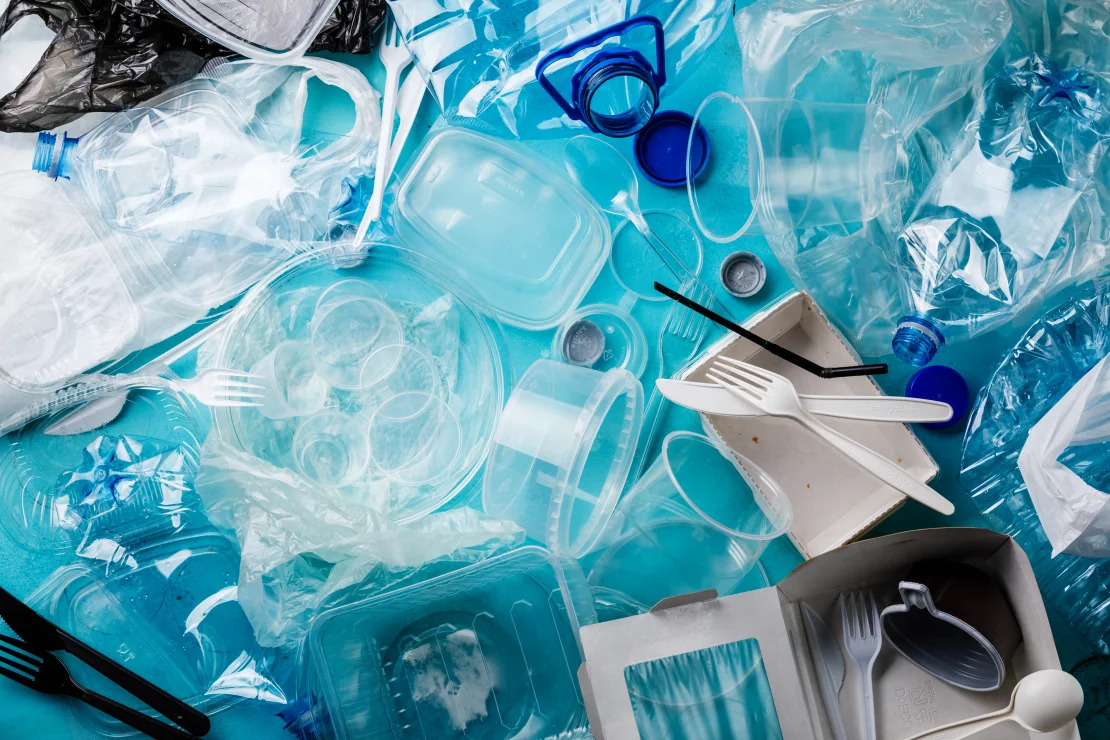
Research shows that there are at least 16,000 types of plastic chemicals, of which at least 4,200 are considered "extremely hazardous" to human health and the environment. Photo: Getty
A study in March 2024 found that 1 liter of bottled water – equivalent to two standard-sized bottles that consumers typically buy – contains an average of 240,000 plastic particles from seven types of plastic. About 90% of these are nanoplastics.
"Use metal or glass drinking cups instead of plastic cups. Store food in glass containers instead of plastic ones. Take action to promote plastic bag bans... There are so many things you can do," Landrigan emphasized.
Hoai Phuong (according to CNN)
Source: https://www.congluan.vn/nghien-cuu-nao-va-nhieu-bo-phan-co-the-nguoi-chua-ham-luong-nhua-dang-kinh-ngac-post309117.html




![[Photo] Deep sea sand deposits, ancient wooden ship An Bang faces the risk of being buried again](https://vphoto.vietnam.vn/thumb/1200x675/vietnam/resource/IMAGE/2025/11/13/1763033175715_ndo_br_thuyen-1-jpg.webp)









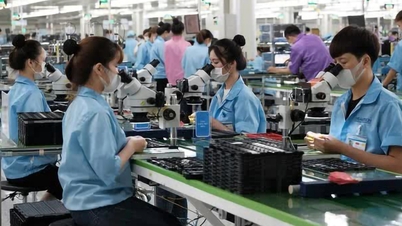

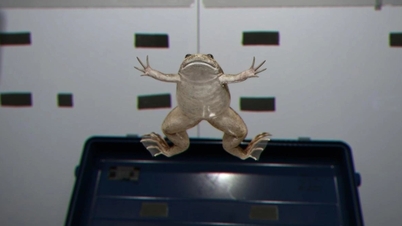

















































































![Dong Nai OCOP transition: [Article 3] Linking tourism with OCOP product consumption](https://vphoto.vietnam.vn/thumb/402x226/vietnam/resource/IMAGE/2025/11/10/1762739199309_1324-2740-7_n-162543_981.jpeg)







Comment (0)